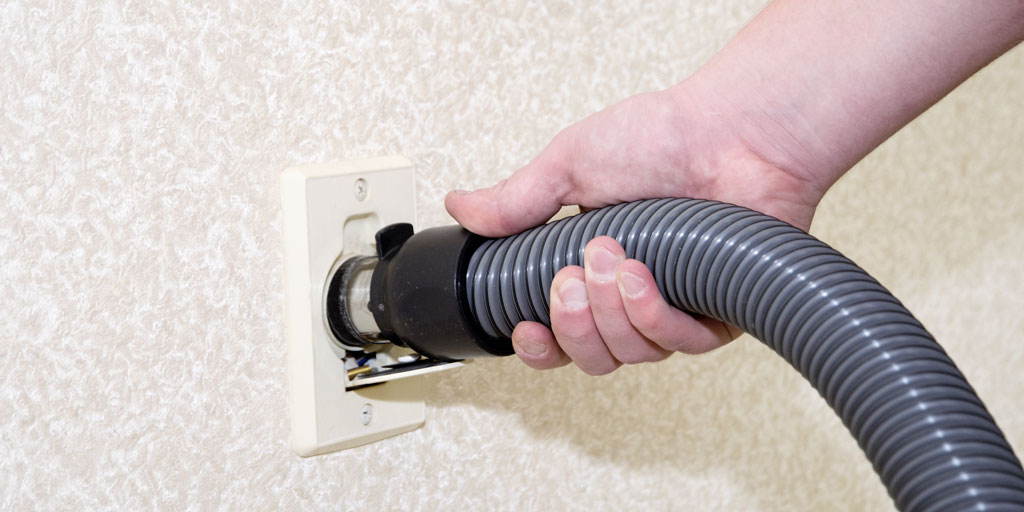Central Vacuums: How They Work and Why They’re Efficient
Central vacuum systems are innovative cleaning solutions that offer superior efficiency and convenience compared to traditional portable vacuum cleaners. Understanding how Central Vacuums work and their inherent efficiency can help homeowners appreciate their benefits more fully.
How Central Vacuums Work:
- Central Unit Installation:
- Central vacuum systems consist of a central unit typically installed in a remote location such as a garage, basement, or utility room. This unit houses a powerful motor and a large dirt collection canister or bag.
- Inlet Valves and Tubing Network:
- PVC tubing is installed within the walls, ceilings, or floors of the home, connecting the central unit to strategically placed inlet valves throughout different rooms or zones. These inlet valves serve as access points for connecting vacuum hoses and attachments.
- Cleaning Process:
- To use the central vacuum, homeowners connect a lightweight hose to one of the inlet valves and attach the desired cleaning accessory (e.g., floor brush, crevice tool). The central unit’s motor creates suction, pulling dirt and debris through the tubing network into the central canister or bag.
- Exhaust System:
- Unlike traditional vacuums that recirculate air through filters and back into the room, central vacuum systems exhaust air outdoors. This eliminates the potential for dust and allergens to be reintroduced into the indoor environment, thereby improving indoor air quality.
Efficiency of Central Vacuums:
- Powerful Suction:
- Central vacuum systems are known for their robust suction power, often measured in air watts (AW). The powerful motors in central units generate strong suction, capable of efficiently cleaning various surfaces including carpets, hardwood floors, and tiles.
- Coverage and Convenience:
- With a central vacuum system, homeowners can clean large areas of their home without the need to drag a heavy vacuum cleaner from room to room. The extensive reach provided by the tubing network and long hoses allows for comprehensive cleaning coverage throughout the entire house.
- Noise Reduction:
- Central vacuum systems operate more quietly compared to traditional vacuum cleaners. This is because the central unit’s motor is located in a remote area away from living spaces, minimizing noise disruptions during cleaning sessions.
- Improved Indoor Air Quality:
- By exhausting air outdoors, central vacuums effectively remove dust, allergens, and other particles from the living environment. This contributes to better indoor air quality and is particularly beneficial for individuals with allergies or respiratory sensitivities.
- Long-Term Cost Savings:
- While central vacuum systems may have higher upfront costs for installation and equipment, they typically offer long-term cost savings. They require less frequent maintenance, have longer lifespans compared to traditional vacuums, and consume less energy per use.
Conclusion:
Central vacuum systems stand out as efficient cleaning solutions that offer powerful suction, extensive coverage, and improved indoor air quality. By understanding their operational mechanics and inherent efficiency, homeowners can make an informed decision to invest in a central vacuum system that enhances cleanliness, convenience, and overall home comfort.

Leave a Reply